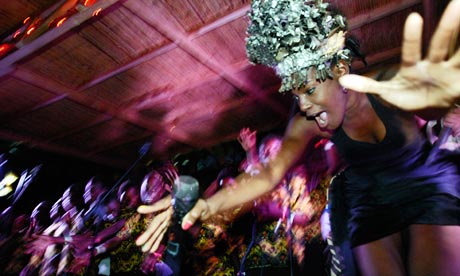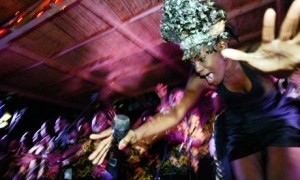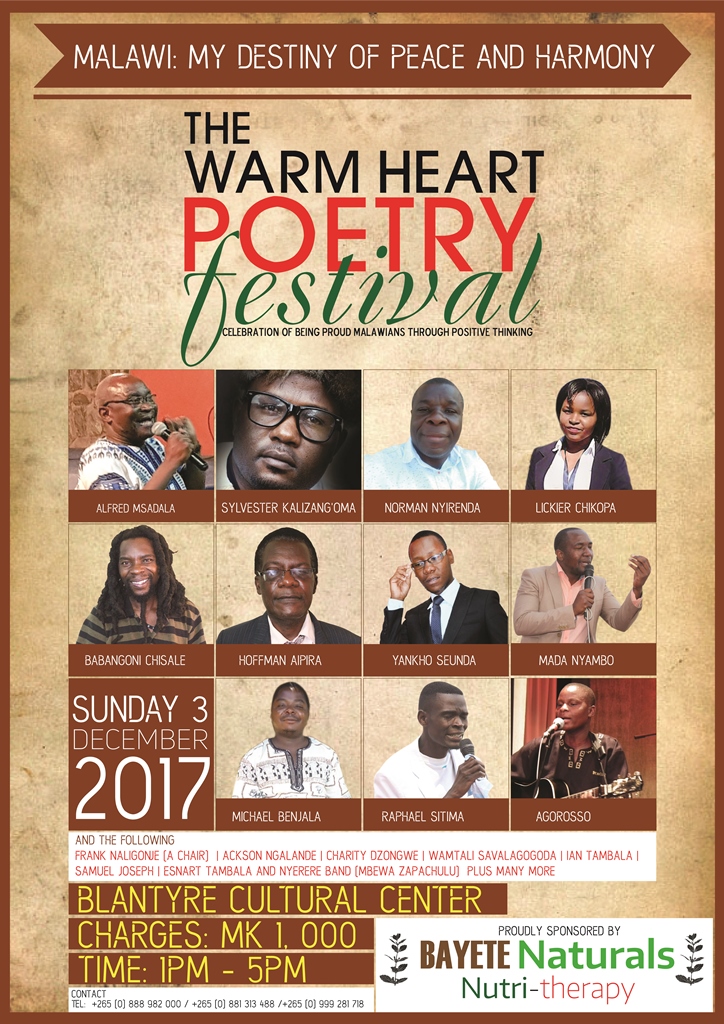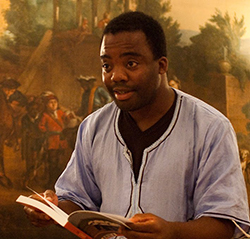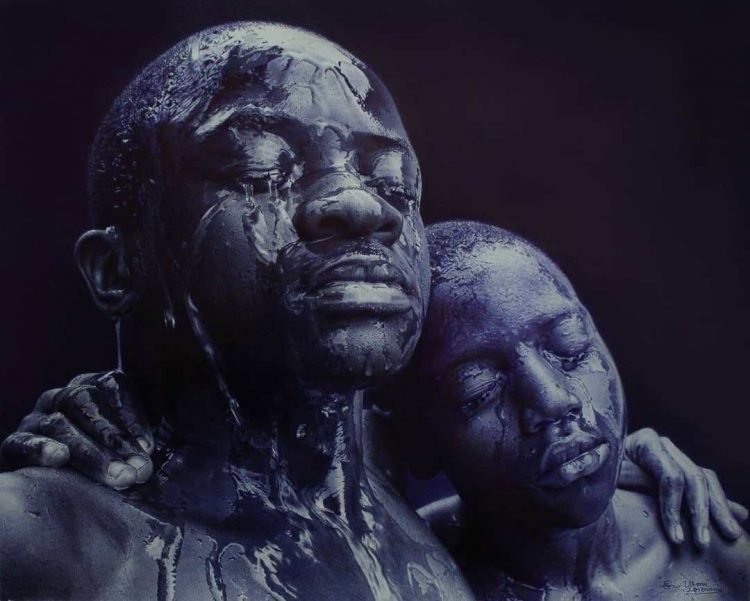By Tom Porter
There is an emerging narrative about Africa, a ‘hopeful’ continent of economic opportunity. This is a story with plenty of numbers, research papers and facts. The buzzwords are: private sector, demographic dividend, growth, opportunity, commodities, technology, mobile, innovation, investment, oil, SMEs, fast, bigger.
But where is art and where are artists in this debate? Last week at the first ever conference on the African creative economy organised by the Arterial Network this was the topic up for discussion.
I was there to present the numbers on our Lake of Stars Festival project and how we work in the commercial sector. It was an impressive collection of artists, arts managers, cultural theorists and donors.
We were set the task of trying to understand our relationship to this new story of African resurgence. There seemed to be a relatively simple question running through the conference.
Do the arts need to demonstrate economic value?
This is clearly a debate informed by the global economic crisis and the cuts being made to the arts sector. Donors have long talked about sustainability and exit strategies but it still seems that a section of the arts world that still has a ‘donor dependency’. Should the creative sector consider return on investment? Will they increasingly have to?
The debate around the success of Nollywood drew out the main issues. Some people know about the prodigious Nigerian film scene they make movies than Hollywood each year. We were presented with the figures about how many films are made and how much money is generated. But for many this blurred the boundaries of art and avarice. Who has actually seen a Nollywood movie? Have they compromised artistic values for commercial ones? Is it art?
In fact the opportunity agenda is sometimes not particularly nuanced or progressive.
Having spent the last three years dedicated to producing an arts event in Africa, I must admit to feeling slightly detached from this theoretical debate. Have we got enough money to put on the event? Is there enough diesel to run the generators that run the stage? Will people turn up? Have we got the marketing right? Is it going to rain? Have we paid the marines too much or not enough? Is it safe for the minister to skydive in to open the festival? These have been the questions I have faced.
But two months on from producing our best event year we had spent some time pulling together numbers. We feel these help to tell our story:
200 million+ People exposed through the media to a positive Malawian story
$1.6 million+ Generated spend by the festival
$500,000 Advertising Value Equivalent
6000+ Friends on Facebook (2 million friends of friends reach
3800+ People in attendance
414 Performers
200+ Employment opportunities created
90 Malawian crew
87 Hours of entertainment
65 Malawian Acts
60 International crew
30+ Nationalities in attendance
23 International acts
13 Countries with participating artists
7 Days of outreach activity
5 Chinese classical artists
3 Day road trip of three bands from Cape Town
2 Japanese tap dancers
1 Millionth of a percentage more happiness in the world
For the festival the two most important numbers are the media reach and the direct spending generated by festival goers. The project aims to tell a new story about Malawi and Africa, so monitoring how far we reach is very important to us. And for our partners and stakeholders, governments and sponsors the spending figure shows a direct tangible benefit to the local and national economy.
We are able to report back to our key sponsor DHL that their investment in our project brought both exposure for them and benefit to the country. This in turn helps them to see the commercial and corporsate social responsibility value of our partnership, which we hope will encourage them to support us again to make more art happen. There is shared value in our working together and doing some work with numbers helps us to demonstrate this.
Lake of Stars is keen to be an example of how art and commerce can meet as a pragmatic solution to sustainable projects. Many artists fear that working with the private sector in some way compromises their work. As an arts organiser this is a less pressing issue. I come from a business background where if you don’t raise the cash you don’t get paid.
Lake of Stars is open to private sector involvement and it has to be. And as long as we can find shared value in the endeavour we will embrace corporate partners. We have a great brand and the companies we have worked with have never interfered with our vision or our decision-making.
It is the challenge for the arts sector to connect with partners with whom they can work to realise their projects.
I ended my presentation in Nairobi with the words of Oliver Mtukudzi talking at Lake of Stars on CNN.
I realised that creating a platform for an artists such as Oliver is the reason that we do what we do, and we will continue to search for partners wherever they exist so that we can continue to make projects like Lake of Stars happen.
I also recently attended the Harnessing the Diaspora to Drive Investment, Enterprise Development and Jobs in Africa event in London co-hosted by Business Fights Poverty and in that room no-one spoke of the creative sector.
It is definitely time to try and connect the private and public sector, the artist and businessperson to have productive conversations about the values they share. They may have more in common than either side currently realises.

